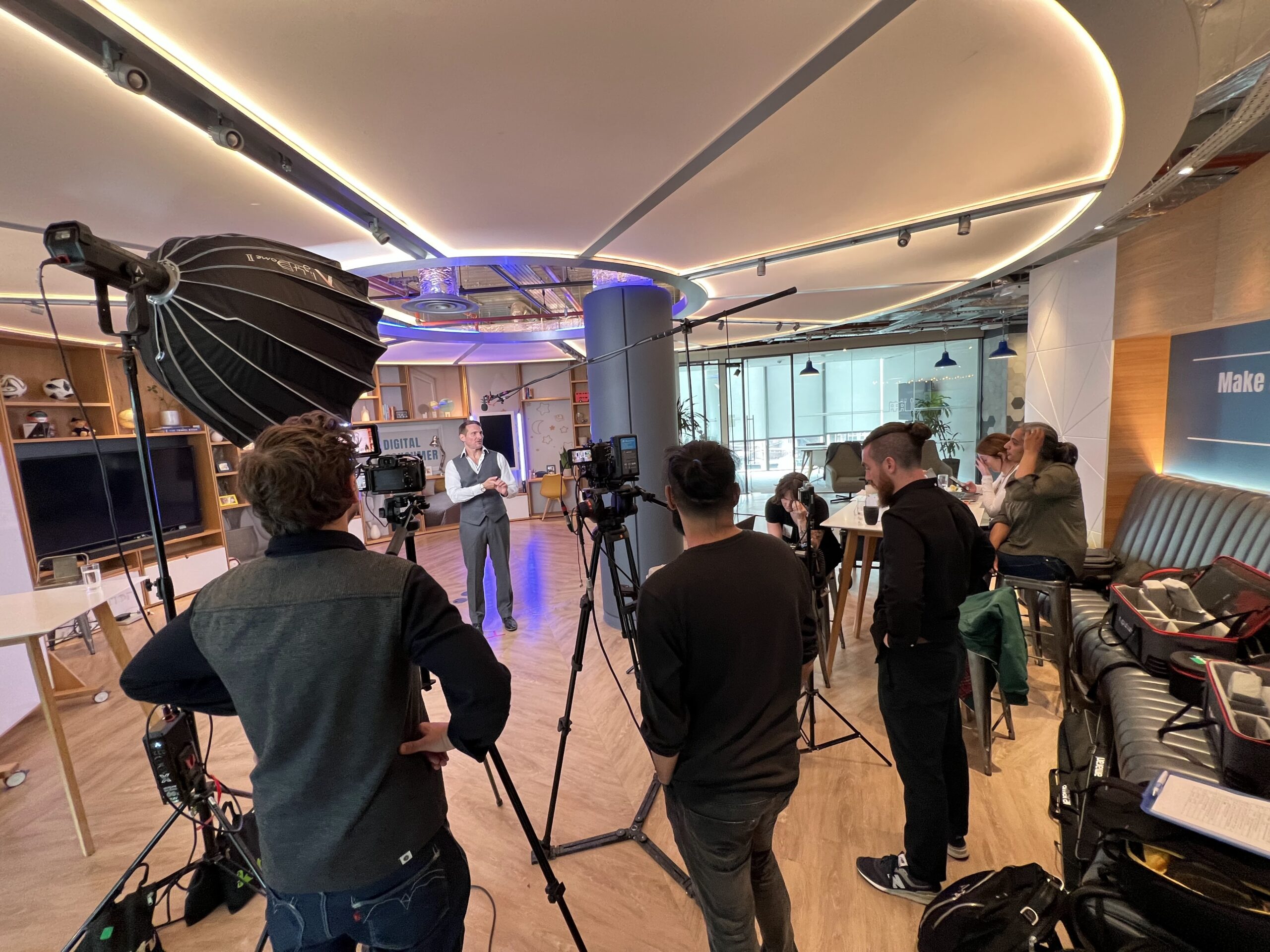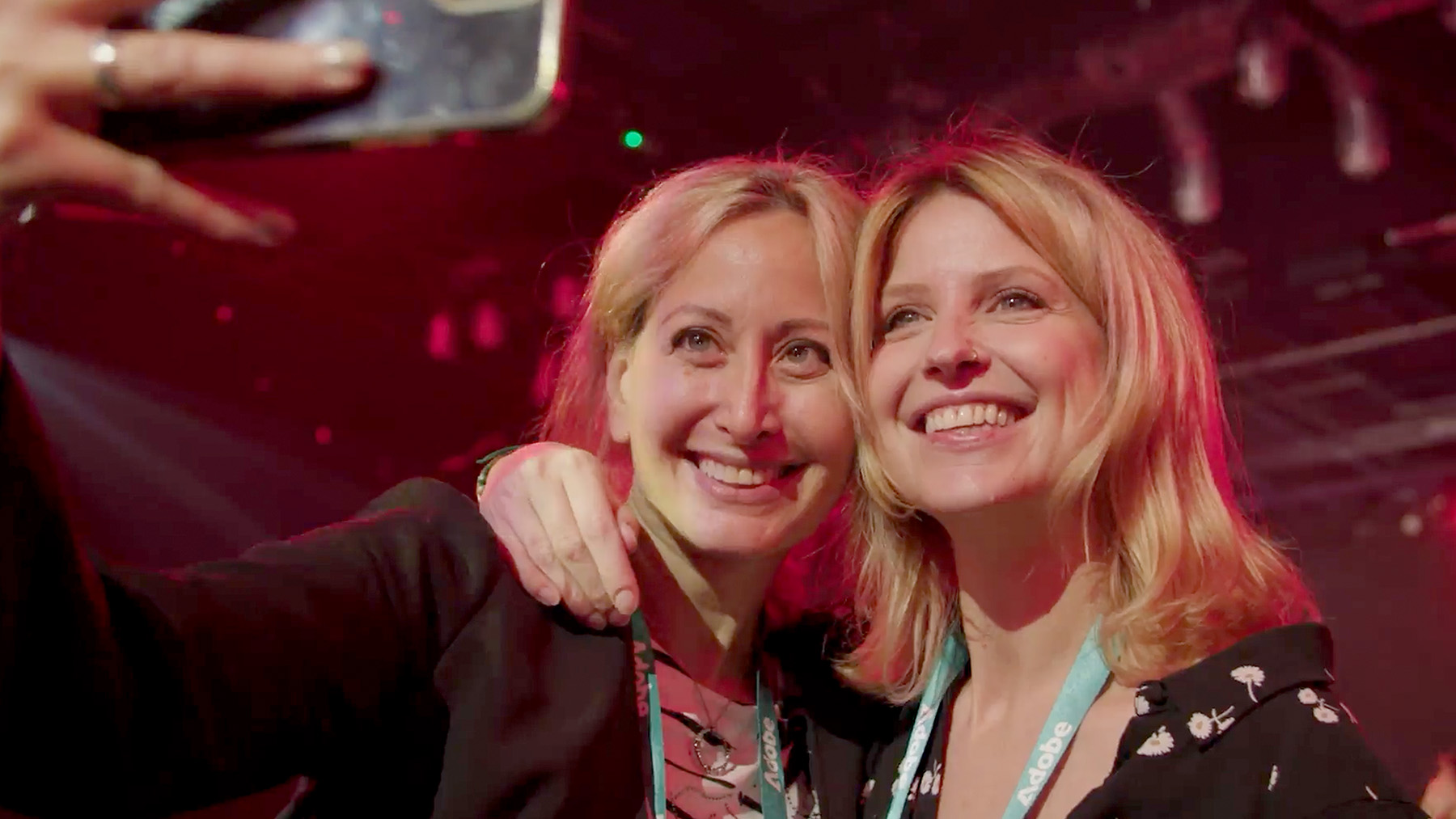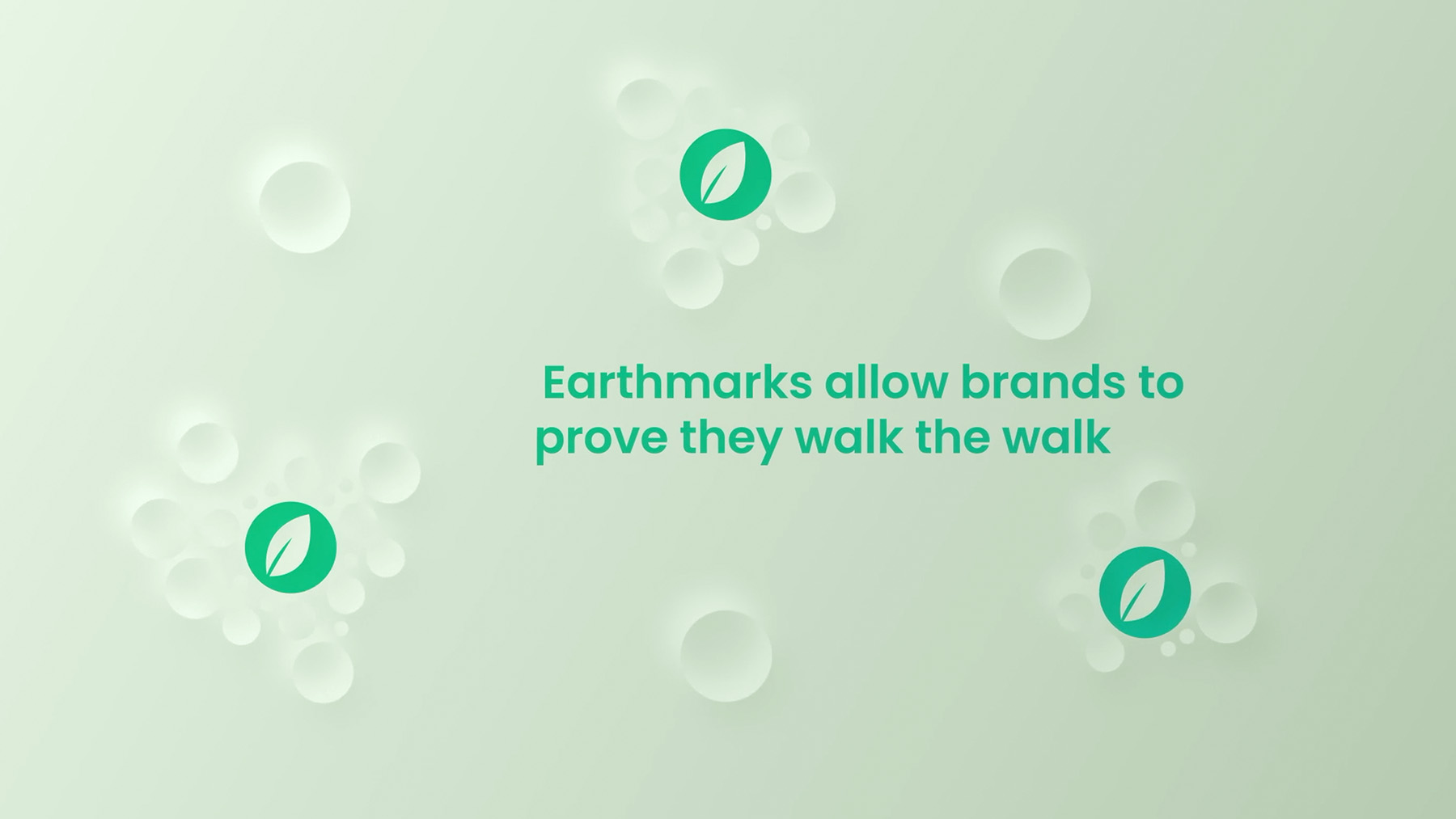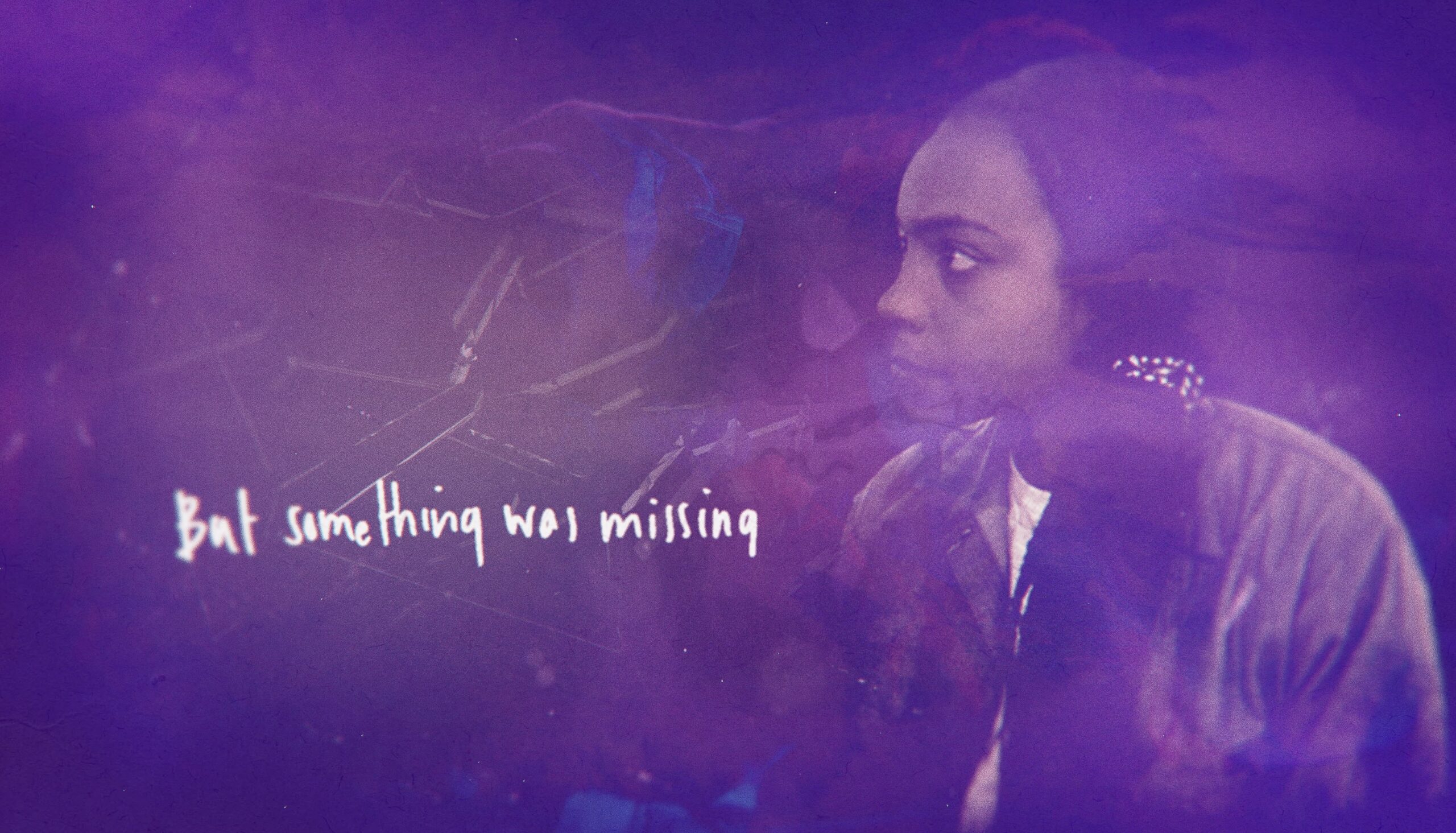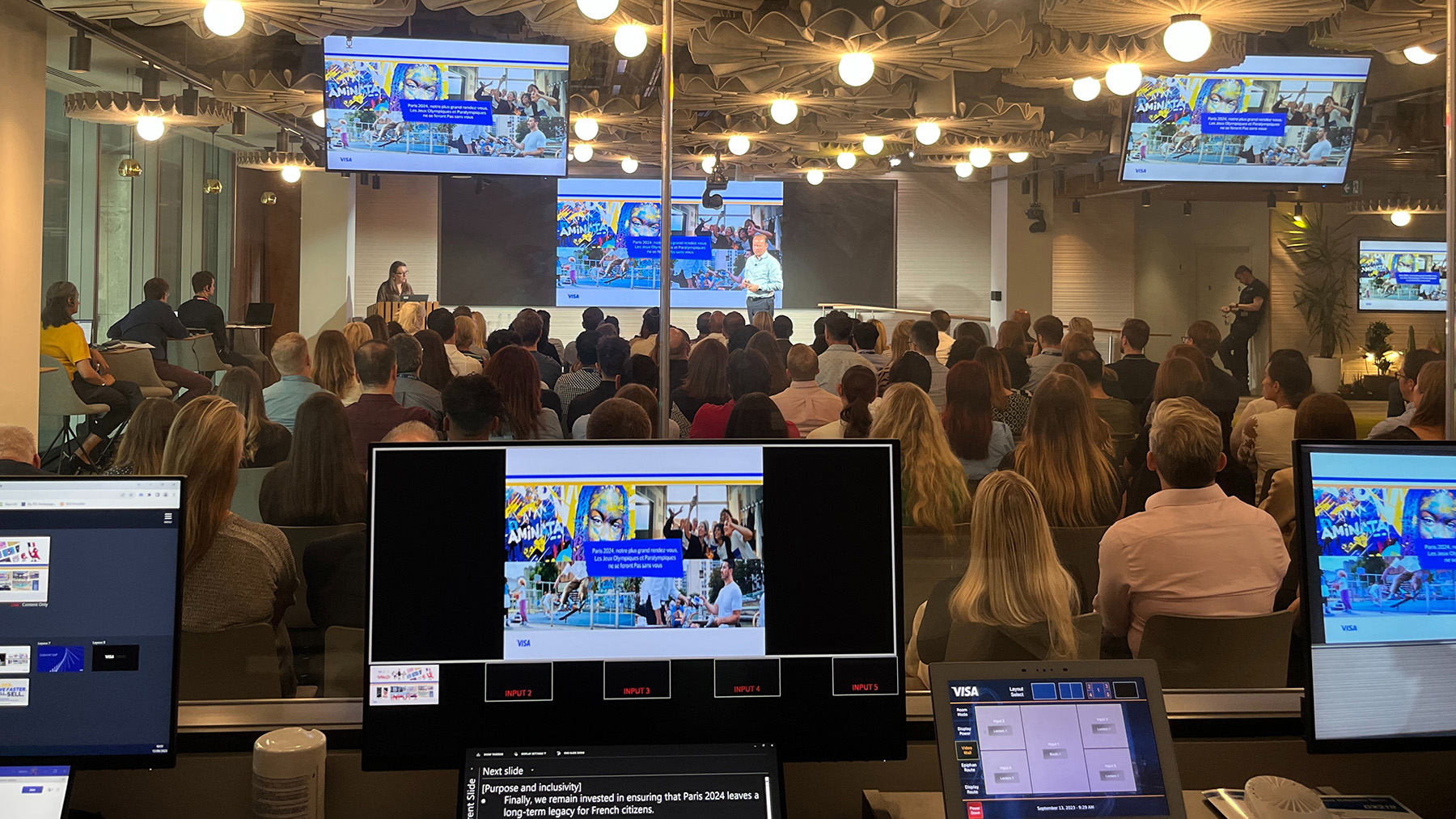Make that budget work!
Your budget’s been signed off and you’re ready to go ahead with your shoot. You’re doing interviews with clients who are visiting the office – a great opportunity to share their story on your company’s social channels. You’ve been given a 2 hour window over lunch time. The crew need an hour to set up and 30 mins to pack down – 3.5 hours…
You had to work hard for the budget and the agency can’t offer half days as the crew are freelance…
How can you make the most of having a crew in HQ? A few tips below:
You can never have enough (good) b roll!
If you have permission to do so, capture some b roll of the office. Work with the agency to put together a shot list of what you want to capture – internal and external branding, certain teams or areas within the building etc. You may not need it for your current project but it will definitely come in handy in the future and the PR team could use it for press. Pick a day when the office is at its fullest!
Are there any other teams who could use the crew?
We’re not suggesting allowing the marketing team to shoot the period drama idea they had, but speak to teams ahead of time – is there a piece of customer comms that could be elevated beyond copy by producing a piece to camera with the CEO? Could you combine the shoot day with an onsite activity that would benefit from being filmed? Check out this post on capturing content with a sales team.
Plan ahead for success
A good agency will always be able to support last minute additions but always try to give them as much notice as possible. Discuss the additional ask with them to ensure everyone is clear on the plan for the day – happy crew – great content!
It doesn’t stop there!
Let’s be honest, it’s a weird world… things feel a little shaky at the moment and creative budget is more precious than ever. When you get it, make the most of the agencies to really get the best for your buck. We’ll talk about making the content you produce work extra hard in a future post.

